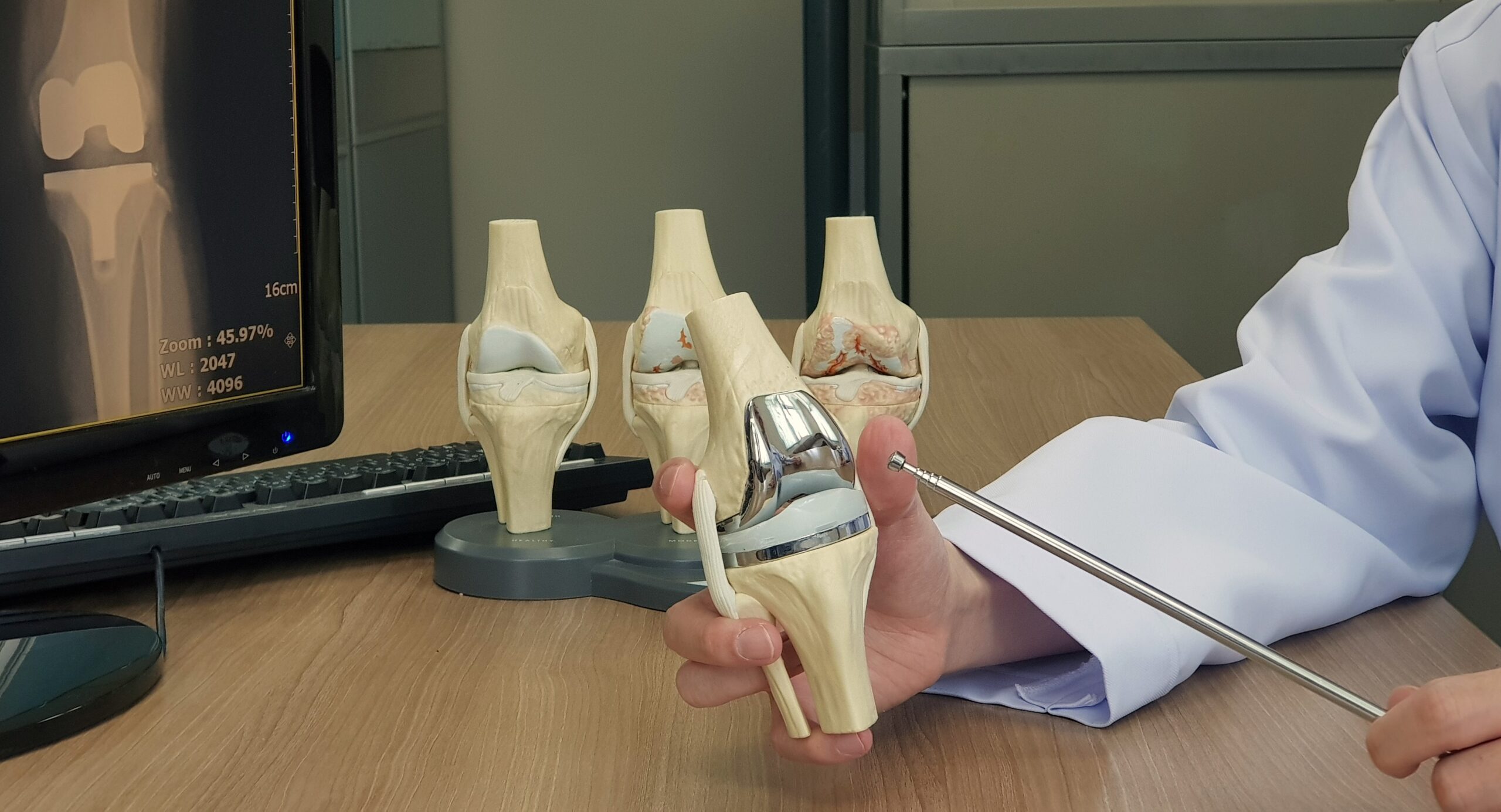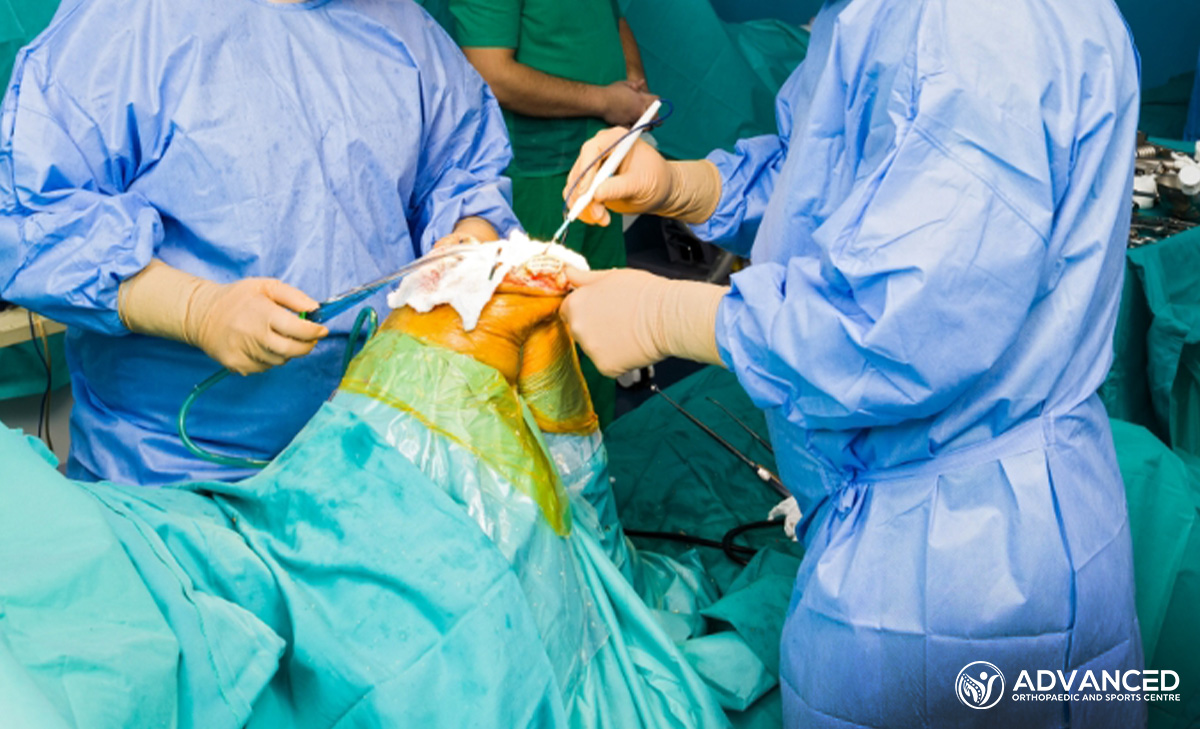Knee Arthroscopy Recovery
Knee arthroscopy, a minimally invasive surgical procedure used to diagnose and treat issues within the knee joint, generally offers the advantage of shorter recovery times compared to open knee surgery. The procedure involves making small incisions through which a camera and surgical tools are inserted, minimizing tissue damage and resulting in less post-operative pain and quicker healing times.
Each of these recovery period stages is characterized by specific milestones and challenges, from managing initial pain and swelling to gradually returning to everyday activities and eventually, engaging in more strenuous physical activities.
The Recovery Timeline After Knee Arthroscopy
The Immediate Post-Operative Phase (0-2 Weeks)
The first two weeks after surgery are crucial for initial healing. Activities during this phase focus on managing pain, reducing swelling, and preventing complications.
Pain Management
Pain is normal but should be manageable with medications prescribed by your orthopaedic surgeon.
Swelling Reduction
Applying ice packs and elevating the knee can help minimize swelling.
Mobilization
Early movement, such as gentle knee bending and straightening, aids in recovery. Using crutches or a walker may be necessary to avoid putting full weight on the operated knee.
Wound Care
Keep surgical incisions clean and dry to prevent infection.
Short-Term Recovery Period (2-6 Weeks)
During this period, the focus shifts to regaining knee function and mobility through more intensive physical therapy.
Physical Therapy
Exercises become progressively more challenging to restore range of motion and strengthen the knee.
Partial Weight Bearing
Gradually, patients start to put more weight on the operated leg, eventually moving away from the use of walking aids.
Daily Activities
Most patients can resume light daily activities, such as walking and driving, as comfort allows.
Long-Term Recovery and Rehabilitation (6 Weeks to 6 Months)
The long-term phase is aimed at fully restoring knee function and returning to normal activities, including sports for some patients.
Advanced Physical Therapy
Exercises focus on building strength, stability, and flexibility.
Return to Activities
Gradual reintroduction to sports and physical activities, with guidance from healthcare professionals to avoid re-injury.
Ongoing Care
Regular follow-up appointments to monitor progress and address any concerns.
Factors Influencing Recovery Time
The recovery time after knee arthroscopy can vary significantly among patients due to several factors:
Type of Surgery Performed
The complexity of the procedure and the specific repairs made (e.g., meniscal repair, removal of loose bodies, ligament reconstruction) can affect recovery duration. Generally, more extensive surgeries require longer recovery times.
Patient’s Overall Health
Pre-existing health conditions, such as diabetes or obesity, can slow the healing process. Conversely, patients in good health with strong muscle tone tend to recover more quickly.
Physical Activity Level Before Surgery
Patients who were active and had strong leg muscles before surgery typically experience a quicker and smoother recovery.
Smoking Status
Smoking can impair healing by reducing blood flow, potentially leading to longer recovery times.
Nutrition
Proper nutrition plays a role in healing. A diet rich in proteins, vitamins, and minerals can support tissue repair and recovery.
Tips for a Successful Recovery After Knee Arthroscopy
- Follow Post-Operative Instructions: Adhere to your orthopaedic surgeon’s guidelines on wound care, activity levels, and the use of ice and compression to manage swelling.
- Engage in Prescribed Physical Therapy: Physical therapy is a cornerstone of recovery, designed to restore strength, flexibility, and function to the knee. Attend all sessions and perform any recommended exercises at home.
- Manage Pain Wisely: Use medications as prescribed to manage pain, but be mindful of the potential for over-reliance on painkillers.
- Stay Active Within Recommended Limits: While it’s important to rest the knee, staying gently active helps promote blood flow and healing. Balance rest with prescribed activities to avoid stiffness and support recovery.
- Eat a Nutritious Diet: A healthy diet rich in vitamins, minerals, and protein supports tissue repair and overall health.
- Avoid Tobacco and Limit Alcohol Consumption: Smoking and excessive alcohol consumption can impair healing. Reducing or eliminating these can enhance recovery.



